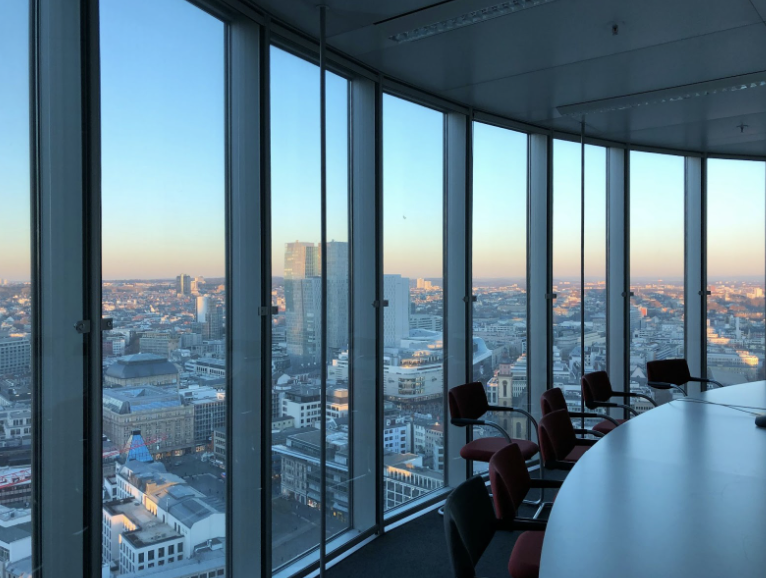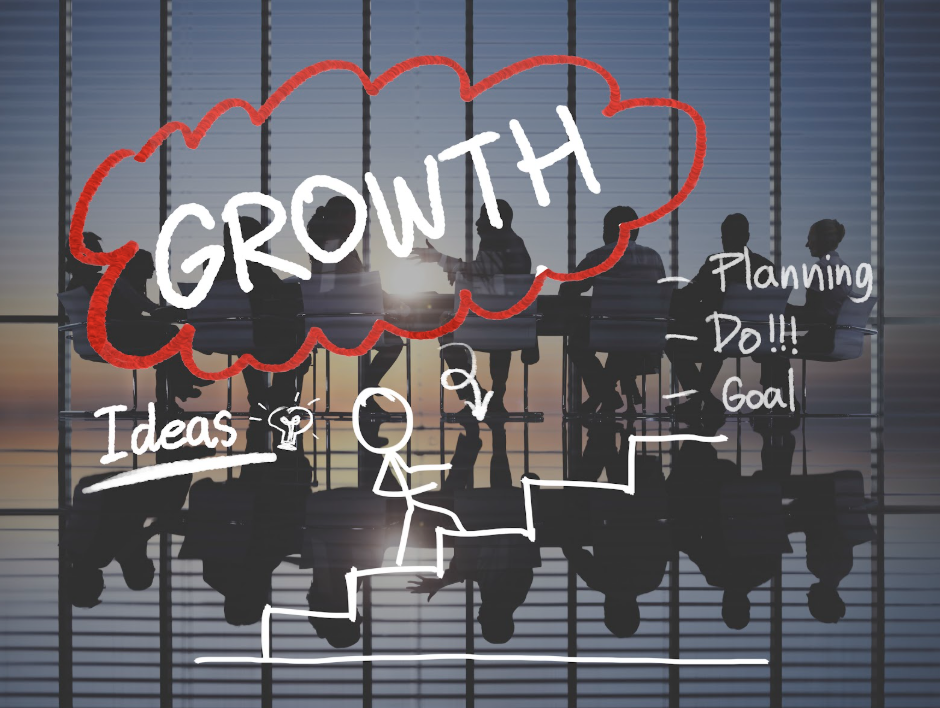In today’s investment landscape, capital flows not just to numbers, but to stories. A company’s equity narrative has become as important as its financial performance. Whether you are a growing SME preparing for an SGX listing or a multinational expanding your presence in Asia, how you present your story to investors in Singapore can greatly influence your valuation, investor trust, and long-term market perception.
Singapore’s capital markets are renowned for their sophistication, transparency, and data-driven decision-making. Even in such a rational environment, a strong narrative serves as the bridge between financial metrics and investor confidence. This article explores the importance of an equity narrative, how to construct one effectively, and what Singaporean investors seek when evaluating a company's story.
1. Why an Equity Narrative Matters
An equity narrative is the strategic story a company tells to convey its purpose, potential, and positioning in the market. It goes beyond the financial statements to explain why the company exists, how it creates value, and what its growth journey looks like.
A compelling equity narrative:
Builds investor confidence: It connects data to vision, helping investors understand the company’s direction.
Differentiates your brand: In a market crowded with similar financial profiles, your story can set you apart.
Supports valuation: A strong narrative can justify premium valuations by articulating long-term strategic potential.
Engages diverse stakeholders: From analysts to institutional investors, a unified story ensures consistent messaging across all audiences.
In Singapore’s tightly knit investment community, clarity and credibility in communication are often what distinguish a promising company from a trusted one.
2. Understanding Singaporean Investors
Before crafting your story, it’s essential to understand your audience. Singapore’s investor base includes institutional funds, family offices, sovereign wealth entities, and an active network of retail investors. These stakeholders share some key traits:
Analytical Thinking: Investors expect stories grounded in facts and financial discipline.
Focus on Sustainability: ESG (Environmental, Social, Governance) values play a growing role in investment decisions.
Regional Perspective: Singaporean investors think regionally, valuing companies with scalable growth strategies in Asia.
Trust in Transparency: Clear disclosures and consistent performance updates reinforce credibility.
In short, investors in Singapore are drawn to stories that are ambitious yet accountable — visionary but backed by measurable execution.
3. The Core Elements of a Strong Equity Narrative
A successful equity story rests on three pillars: Purpose, Performance, and Potential. Together, they form the backbone of your communication strategy.
Purpose: Why You Exist
Investors want to understand your company’s mission beyond profits. What problem are you solving? Why does your company matter in the market?
Example: A renewable energy company might position itself as “empowering Southeast Asia’s transition to sustainable energy independence.”
Performance: How You Deliver
This is where data and credibility converge. Share evidence of execution — revenue growth, margins, partnerships, or user adoption — to validate your story.
Example: “Over the past three years, we’ve achieved a 25% compound annual growth rate while maintaining a 40% reinvestment into R&D.”
Potential: Where You’re Going
This section captures your future vision. Define your roadmap — market expansion, product innovation, or regional scaling — and link it to measurable milestones.
Example: “Our goal is to expand into three new ASEAN markets by 2026, leveraging Singapore as our financial and strategic hub.”
When these three elements are woven together authentically, investors see not just a company, but a coherent journey.
4. Tailoring Your Narrative for the Singapore Market
Singaporean investors appreciate precision, governance, and a regional perspective. To connect effectively, companies should craft messages that align with local expectations and values.
Speak the Language of Governance
Highlight your commitment to strong governance, compliance, and transparency. These values resonate deeply in Singapore’s investor culture and align with SGX requirements.
Example: “We operate under robust internal controls and independent board oversight to ensure accountability and protect shareholder interests.”
Showcase Regional Scalability
Investors in Singapore often look for regional growth stories that start locally but expand across Asia.
Example: “From our base in Singapore, we’re building scalable solutions for the wider ASEAN market — where digital adoption is growing at double-digit rates.”
Integrate ESG into the Story
Singapore has emerged as a regional leader in ESG finance. Investors increasingly expect ESG integration, not as a checkbox, but as a value driver.
Example: “Our sustainability initiatives are not only ethical choices but strategic levers to attract long-term, quality capital.”
Humanize the Vision
Numbers alone don’t inspire; people do. Introduce your leadership team, including their values and strategic disciplines. Humanizing your story creates a relatable, trustworthy impression.
5. Channels for Telling Your Equity Story
Your equity narrative should be consistent across all touchpoints — from investor roadshows to annual reports and media engagements. Consider these communication channels:
Investor Presentations: Blend financial highlights with storytelling visuals.
Annual and Sustainability Reports: Reinforce credibility through detailed disclosures and impact metrics.
Media and Thought Leadership: Publish op-eds or participate in panels to shape perception.
Digital Platforms: Utilize your website, LinkedIn, and investor relations pages to regularly communicate updates.
Consistency across channels strengthens recognition and investor confidence.
6. Common Mistakes to Avoid
Even strong companies can undermine their narrative through missteps. Watch out for:
Overpromising: Avoid exaggerated projections or unverified claims.
Inconsistency: Sending contradictory messages across teams can erode credibility.
Neglecting Follow-Up: Investors value updates; silence after the IPO can create uncertainty.
Ignoring Feedback: Singaporean investors appreciate dialogue — listen, adapt, and evolve your story over time.
Remember, trust is built gradually through authenticity and reliability.
7. The Payoff: Why a Strong Equity Narrative Drives Long-Term Value
A compelling narrative doesn’t just attract investors, it keeps them. When your story aligns with financial results and long-term vision, it creates loyal shareholders, smoother fundraising rounds, and resilience during market fluctuations.
Moreover, companies with clear, credible stories tend to outperform peers in valuation multiples, as investors reward clarity of purpose and direction.
In Singapore’s dynamic financial hub, where capital is both plentiful and discerning, storytelling becomes a strategic differentiator. The best narratives combine substance, strategy, and sincerity.
Conclusion: Turning Numbers into Narrative
Ultimately, your equity narrative is the lens through which investors perceive your value. In a market like Singapore, where governance, growth, and innovation intersect, the story you tell determines the confidence you earn.
A well-crafted narrative transforms financial data into a vision investors can believe in. It shows not just what your company does, but why it matters, and how it will grow.
In the world of equity markets, facts inform but stories inspire. In Singapore’s vibrant financial ecosystem, inspiration is often the spark that turns investment interest into a long-term capital commitment.

































